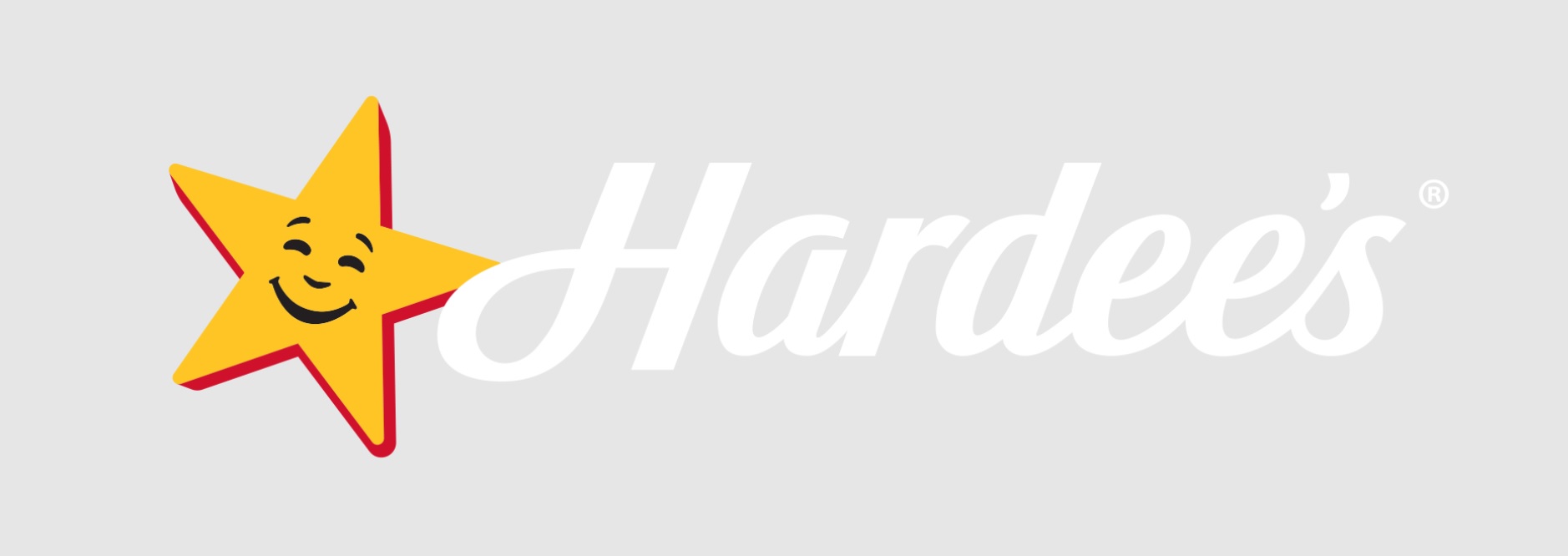One of the most critical elements of the analysis is the awareness of plagiarism when doing any written task. Both published content must be written in the student’s own language and, when utilising other documents, all references must be referenced in the document as well as in the bibliography or reading list at the end of the article. In order to do this, there are a variety of referring schemes from which students can pick, but typically the department or school would assign a particular method to which they prefer the student to marry; one such system is the American Psychological Association (APA) style.
Plagiarism has been described as the usage of vocabulary or thoughts of other individuals and writers without their approval. According to Moulton & Robinson (2002), obtaining intellectual material from another author is cheating, because even though phrases are not borrowed exactly but paraphrased, it is also a form of fraud. To explain their point, they presented a comparison between intellectual property and tangible property; they claimed that ‘taking someone else’s concept and modifying the language is like stealing a car and changing the hue’ (p.1).
Moulton & Robinson (2002) also stated that sometimes it is easy to unknowingly plagiarize because in order to learn and extend a body of knowledge it is necessary to build on the ideas and research of others. The problem however, is that very often it is easy to recall information but more difficult to remember where it came from, so it is imperative that as students we must learn, practice and take care to abide by the referencing system assigned.

Writing an assignment or paper in APA style is one way for students to regulate their writing in order for others to understand the referencing and sources of knowledge in terms of specific punctuation and format and to avoid plagiarism. Although the system was first developed within the area of psychology it is now used in a number of different fields and is aimed at leading the reader to the information source, firstly by means of ‘parenthetical citations within the text’ (Schaeffer, 2009) that provide short and concise information, and then within the reference list at the end of the text providing full referencing sources. The American Psychological Association has been providing a regular publication manual on APA style; the first, published in 1929 was only seven pages long (APA, 2010) while the last edition, the sixth, was published in 2010 and comprises well over 200 pages. Each edition makes changes to the system so it is necessary to ensure that as students we keep abreast of the latest manual so that we do not make mistakes in our writing. The manual has progressed from a few rules to a complete resource on all facets of writing for academic purposes and includes eight chapters providing authoritative information and guidance ranging from publication ethics to correct text structure, clear writing, APA mechanics and referencing, to how to publish a manuscript. The APA website provides a plethora of information on the APA style of referencing as well as an outline of the latest edition of their publication manual, differences between previous editions and the sixth edition, and easy to use tutorials that provide step by step guides to the use of APA referencing style, together with numerous publications on different aspects of the APA style.
Apart from knowing how to correctly cite and reference, we as students need to understand the APA style of writing. When referring to other studies or authors for example it is expected that we refer to them using the past tense and active rather than passive sentences (Central Missouri State University Writing center, n.d.). The APA style also makes reference to spelling, paper format, structure and headings, fonts and bias; the preferred font for a paper using APA style for example is a 12 point font such as Times New Roman or Courier and the paper size should be 8 ½ x 11 inches with one inch margins on all four sides (Degelman, 2010). Line spacing should be double except when inserting long quotes of more than 40 words (Scribe, 2010), and page numbering should be in the top right hand corner of the page and at least one inch form the top (Degelman, 2010). The first page – a title page – should include a running head typed in capital letters and page number, title, author’s name and institution name (refer to title page of this paper for example). APA style also prefers one space after all punctuation marks except for periods (full stop/points) and other punctuation that marks the end of a sentence, where two spaces are required (Scribe, 2010); a centered heading on the first page of the text is also required but not in bold (Degelman, 2010).
The APA style of referencing is known as an author-date citation system (Penn State University, 2009, p.3) which means that when citing within the text itself the author’s surname and date of publication must be provided; if a direct quote is used then the page number from where the quote was taken must also be provided (Degelman, 2010). If in the text the name of the author is used then only the year of publication is required in brackets (parenthesis) but if the name of the author is not mentioned in the sentence, the name of the author is both and date of publication must be provided in brackets with a comma following the name. If the text relates to the same source after having provided the first citation then it is not necessary to keep repeating the year of publication, so long as there is no possibility of confusion by the reader (University of Houston-Victoria, 2010).
When citing sources with two author’s, both names must always be provided (University of Southern Queensland, 2010), for example, Ware and Williams (2002) found … or … as has been shown (Ware & Williams, 2001); if the source has between three and five author’s all names should be provided in the first citation but in subsequent citations only the first name needs to be provided followed by et al. (UHV, 2010), for example, Caruana, Smith and Jones, (1996) . . . and (Caruana et al., 1996); if the source has been written by more than five author’s then all citations including the first only require the first author and et al. followed by the date of publication (Degelman, 2010).
To summarize so far, this paper has discussed the most fundamental requirements of APA style referencing in words of format and design, as well as in-text quotes. The information provided however is only a small part of the full requirements of both style and in-text citing, and the APA Publications Manual (2010) provides a much more detailed guide, particularly in reference to web-site referencing in relation to citations, and how to provide statistics and other forms of visual information in relation to style.
Turning now to end of text referencing, wherein every citation provided in the text must have a corresponding reference in the reference list, making sure the names, dates and spelling are the same (Prieto & Kress, 2008), this paper will again only discuss the fundamentals – the most basic requirements of full referencing in the APA style – and in no way asserts that all information will be covered. As mentioned earlier, APA style is an author-date style and the same format is used with the reference list at the end of the paper than with in-text citations; the author/s name/s are provided first and in alphabetical order in accordance with the initial letter of the first author’s name. The date of publication is then provided in brackets and followed by all remaining source information. One point worth mentioning here is that unlike in-text referencing where multiple author’s can be dropped by using et al., within the reference list all names must be provided, no matter how many (Schaeffer, 2009).
When referencing books the title of the book must be provided together with the publisher and Place of publication; where there is more than one book edition the edition number must also be supplied. The date in parenthesis is followed with a point and the title should be in italics with only the first letter of the first word capitalized (Neville, 2007), also followed with a point. The place of publication and publisher come next separated with a colon.
When referencing an article extracted from a journal all information must be provided. Following the author/s name/s and date of publication, the title of the article is provided, followed by the name of the journal which is in italics; the volume number, issue number and page numbers are then provided (APA, 2010).
Some of the main differences between prior Publication Manuals and the sixth edition include the use of two spaces after the end of sentences (all punctuation ending a sentence), the provision of the running head within the header and showing on every page, and when referring to a source with eight or more authors only the first six are required followed by three ellipses, then the previous author’s name (Dugan, n.d.), for example, Smith, B., Dugan, J., Hepburn, T., Walker, V., Jenkins, T., Thornburn, V., … Scott, S. (2010).
The most notable difference is concerned with the citation of electronic sources, more particularly the addition of digital object identifiers (DOIs), which are codes that identify and make retrieval easier of particular sources (Dugan, n.d.). Not all electronic documents have a DOI but if they do they must be provided in the reference list at the end of the particular reference; they can be found within the document itself as well as listed in the database listing (Dugan, n.d.). If no DOI is provided then the full URL for the document must be provided but another update is that the date of retrieval is no longer required (Dugan, n.d.).
In conclusion, undertaking the research for this paper has provided much insight into the reasons for accurate referencing, the importance of avoiding plagiarism, and the necessity of using and understanding materials and guides to specific referencing styles, which in this case was the APA referencing style. In order to illustrate this knowledge the author has written this paper using the APA style in all aspects, including style in-text citation and end of paper referencing.
References
- American Psychological Association. (2010). Publication manual of the American Psychological Association (6th ed.). Washington, DC: APA.
- American Psychological Association. APA Style. Retrieved from http://www.apastyle.org.
- Central Missouri State University Writing Center, (n.d.). The passive. Retrieved from http://www.ucmo.edu/PreBuilt/documents/PassiveVoice.pdf
- Degelman, D. (2010). APA style essentials. Vanguard University of Southern California. Retrieved from http://psychology.vanguard.edu/wp-content/uploads/2010/12/apastyleessentials.pdf.
- Dugan, J.P. (n.d.). APA 6th edition: Notable changes and additions. Loyola University Chicago. Retrieved from http://ocls.cmich.edu/APA%206th%20Edition%20CHANGES.pdf
- Moulton, J. & Robinson, G. (2002). Plagiarism. In Becker, L. & C. (2001) (eds.) Encyclopedia of Ethics, 2nd Edition, Garland Publishing. Retrieved from http://sophia.smith.edu/~jmoulton/plagiarism.pdf.
- Neville, C. (2007). The complete guide to referencing and avoiding plagiarism. Maidenhead, England: Open University Press.
- Penn State University (2009). APA 6th edition quick reference. Retrieved from http://www2.yk.psu.edu/learncenter/apa-july-09.pdf.
- Prieto, L., & Kress, V. E. (2008). Writing for publication in the JMHC: follow the yellow brick road. Journal of Mental Health Counseling, 30(2), 95+. Retrieved from Questia database: http://www.questia.com/PM.qst?a=o&d=5026746449
- Schaeffer, D. (2009). APA format – 6th edition, Library Guide, California State University. Retrieved from http://www.calstatela.edu/library/guides/3apa.pdf.
- Scribe, A. (2010). APA style lite for college papers. Retrieved from http://www.docstyles.com/library/apalite.pdf.
- University of Houston-Victoria (2010). APA quick reference guide, 6th edition. Retrieved from http://www.uhv.edu/ac/style/pdf/APAQuickGuide6.pdf.
- University of Southern Queensland (2010). APA referencing guide. Retrieved from http://www2.yk.psu.edu/learncenter/apa-july-09.pdf.



